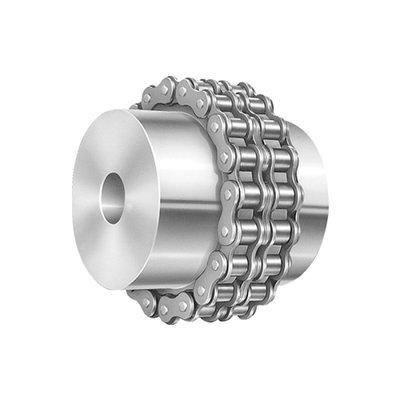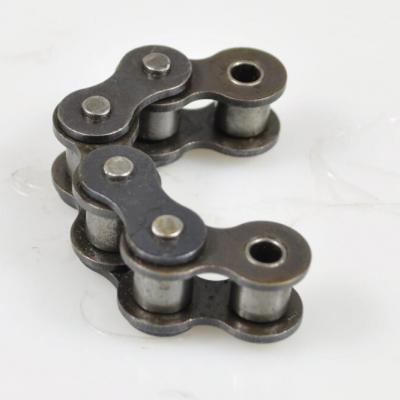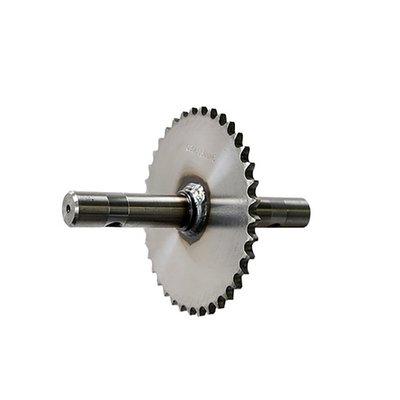The necessity of hardening and quenching of sprocket and hardening of sprocket teeth

ANSI Sprocket quenching is the fact that some parts (including sprocket wheels) are subjected to higher loads than the core under the action of alternating loads and impact loads such as torsion and bending during operation.
The necessity of sprocket quenching
In the case of friction, the surface layer is continuously worn, so that some parts of the surface layer are required to have high strength, high hardness, high wear resistance and high fatigue limit, and only surface strengthening can meet the above requirements. Since surface quenching has the advantages of small deformation and high productivity, it is widely used in production.
Sprocket quenching purpose
The purpose of ISO Sprocket quenching is to transform the supercooled austenite into martensite or bainite to obtain martensite or bainite structure, and then mix with tempering at different temperatures to greatly increase the strength and hardness of the steel. Wear resistance, fatigue strength and toughness to meet the different requirements of various mechanical parts and tools.
Quenching principle
The workpiece is placed in an inductor wound with a hollow copper tube, and after passing through an intermediate frequency or high-frequency alternating current, an induced current of the same frequency is formed on the surface of the workpiece, and the surface of the part is rapidly heated (the temperature is increased by 800 in a few seconds). 1000 degrees, the heart is still close to room temperature) Immediately after spraying water to cool (or oil quenching), the surface layer of the workpiece is hardened.





